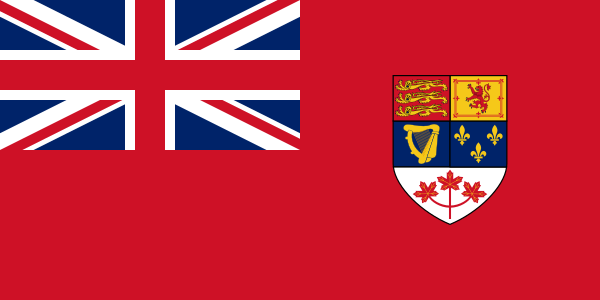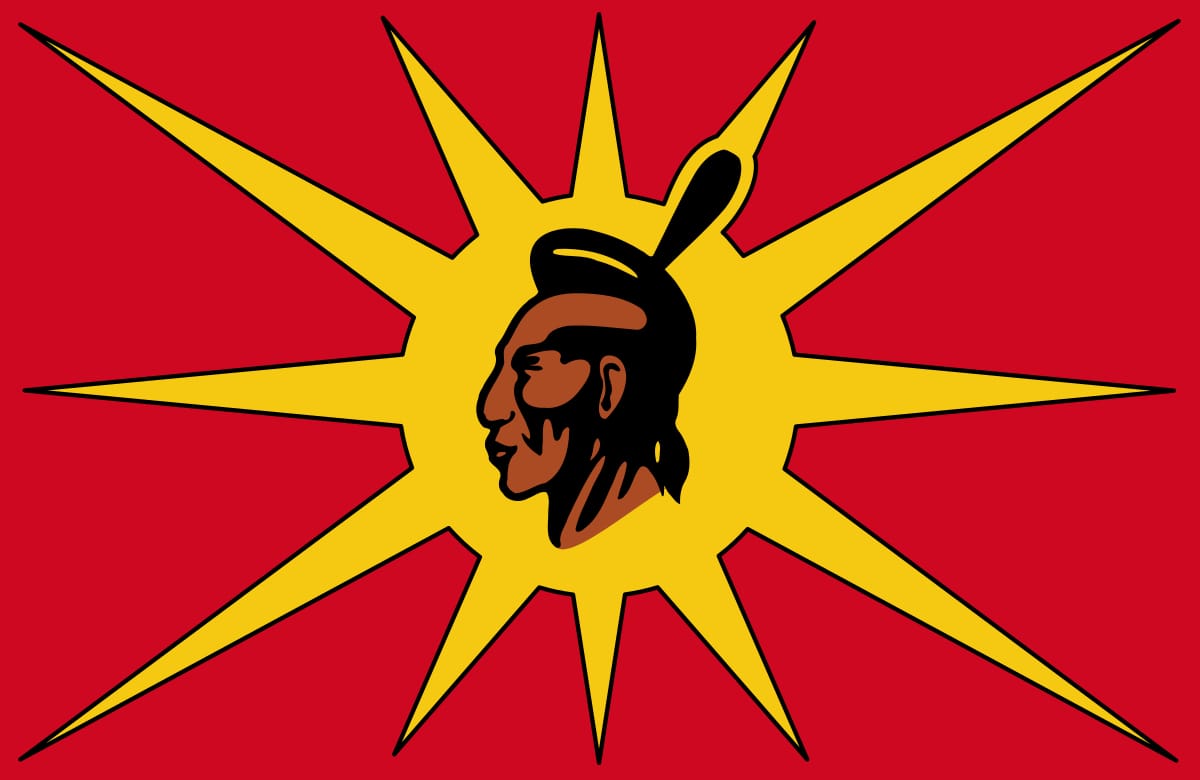Clearing a New Path™ and Clearing a New Path Podcast™ are products of Radar Media, located in Dorchester, Ontario on the traditional territory of the Anishinaabe, Haudenosaunee and Neutral peoples who once used this land as their traditional beaver hunting grounds. As a settler here I’m committed to deepening understanding of Indigenous communities and reframing responsibilities to land and community. I am grateful to Mother Earth for the opportunity for love and connection and to the spirits of the Elders and the Medicine People who still walk the Earth.
JUNE 28, 2022
I come to this work as a vulnerable allyship student. I get things wrong often and I am open to, and I welcome opportunities to be called in about the content in this newsletter, in order to create safe, brave spaces for all. The purpose is to unite women in rural communities. I am grateful to walk along this journey in grace, love and empathy together.Simply hit 'reply' to contribute, suggest and
And to support, please click the link below.
NEWS
On my mind this week: I took some extra time with this newsletter with a few big issues on my mind this week.
1. Canada Day - A time for reflection
Whether you are a staunch supporter of our Canadian heritage, or perhaps having someone in your personal sphere who served in the military, or in law enforcement; maybe you have a long-standing family pride in the country or whether you are questioning the beginnings of our country as it relates to colonialism and stolen land; maybe you are someone who identifies/stands with minority or marginalized groups in Canada and you have a very conflicted view of what Canada represents in this moment. Maybe 'Freedom' has a different ring to it for you. Maybe there's a combination of all of these things. I'm feeling conflicted so I thought maybe looking up the history of the flag might help because if we continue to shame and criticize one another, we will only continue to deepen the lines of division and continue to grow farther apart. Empathy, compassion and love is the true salve. What is the history of the Canadian flag?The Canadian Red Ensign served as a nautical flag and civil ensign for Canada from 1892 to 1965. It has the Royal Union Flag of Britain (or the Union Jack) and Canada's Coat of Arms.In 1925 and again in 1946, attempts were made to consider possible designs for a national flag. Both times the projects were shelved by Prime Minister William Lyon Mackenzie King, mainly due to fears that the issue might lead to political instability. As a compromise, the Canadian government chose to keep the Union Jack as the national flag and to fly the Canadian Red Ensign from government buildings.

(Canadian Red Ensign)

(The 15-member flag committee, 1964.
©Cliff Buckman, PA-213164 Library and Archives Canada)
The committee got a couple of thousand flag designs shortlisted to the three below.



This poster illustrates some of the various designs proposed over the years.
There has been much debate about the best way to include Indigenous people in our flag and the Canadian Indigenous (Native) Flag gained momentum as an alternative, but debate swirls about whether this is simply bowing to the colonial system that stole the land from Canada's first people in the first place.
This flag was designed in 2014 by an Kwakwaka'wakw artist named Curtis Wilson on Vancouver Island.

We are living in transitional and transformational times!
2. Roe v Wade
The historic reversal of 50 year old legislation in the US has many of us in Canada worried we could see women's rights retreat here too. Here is a really good explanation of both the original Roe vs Wade case and the recent turn of events.(Source CBC Kids)This reversal means that there is no constitutional right to abortion in the United States and it allows individual US states to heavily regulate or outright ban the procedure.Thirteen states have already passed so-called trigger laws to automatically outlaw abortion in the aftermath of Friday’s ruling. They are: Arkansas, Idaho, Kentucky, Louisiana, Mississippi, Missouri, North Dakota, Oklahoma, South Dakota, Tennessee, Texas, Utah and Wyoming.A total of 26 states are certain or likely to ban abortion, which would cut off about 36 million women of reproductive age in the US from accessing the service.
In Canada, access to safe abortions, especially in rural and remote areas, is already an issue.
Before 1988, all legal abortions were performed in hospital settings (although Dr. Henry Morgentaler provided safe abortions in several illegal private clinics). After 1988, more private clinics opened. After the abortion drug Mifegymiso became available in Canada in 2017, medical abortion has increasingly become available outside abortion clinics, including sexual health clinics and general medical practices, and private doctors’ offices.There are no private clinics in Nova Scotia, Manitoba, Saskatchewan, PEI, or the territories, and few outside large cities in other provinces.
stigma and institutional pressure
onducted research in March 2021 in nine regions across southwestern Ontario. The study
found that in most regions, more than 80 per cent of Indigenous people reported experiencing discrimination in their community in the last three years and, in more than half of the regions, more than 60 per cent of immigrants and racialized people reported experiencing discrimination."Discrimination often happened at places of employment and in public settings. Employment discrimination happened when people were applying for jobs and also at their current places of work from supervisors, co-workers and clients. There were many public places in which discrimination occurred including stores, banks, restaurants, public transit, libraries, community centres and arenas.
Indigenous people also reported experiencing discrimination when they were looking for housing and at social gatherings. And immigrants and racialized people reported experiencing discrimination when attending school or classes.
When asked about psychological distress in response to discrimination, Indigenous people in particular reported relatively high levels of anxiety and depression."I'm especially encouraged by the suggestions from the researchers:
"At the individual level, opportunities for co-operation between members of different groups who are working toward common goals can counter stereotypes, allowing people to understand the perspectives of others and improve attitudes. Tools and training needed to intervene safely and effectively allow bystanders who witness discrimination to take action.
At the organizational level — such as employment settings — policies and practices that prohibit discrimination and diversity training for personnel can have a large impact. It is also important to develop tools for reporting discrimination so that communities can obtain a clear picture of what type of discrimination is happening in their community and where, in order to take continuous action." (Source: Discrimination can make smaller communities unappealing to immigrants, racialized and Indigenous people - The Conversation CanadaThose of us with power and privilege in our rural communities can demand these changes, bring them to boards and committees, be relentless in creating space for belonging for all.
Clearing a New Path Podcast™ and this newsletter are both supported by Xplornet Enterprise Solutions
Please share the newsletter and the signup form! And if you know of a female entrepreneur in rural Canada that we should speak with, please connect: [email protected]